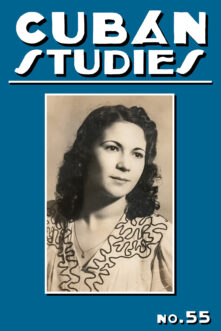Books

The Life Organic
The Theoretical Biology Club and the Roots of Epigenetics

The Andean Wonder Drug
Cinchona Bark and Imperial Science in the Spanish Atlantic, 1630-1800
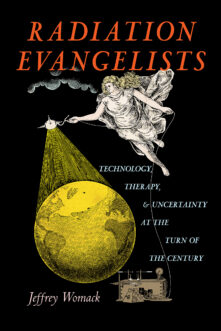
Radiation Evangelists
Technology, Therapy, and Uncertainty at the Turn of the Century
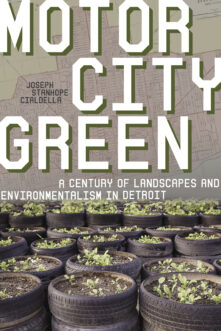
Motor City Green
A Century of Landscapes and Environmentalism in Detroit

Fordism and the City
How an Industry Shaped Urbanization in America

Paris After Haussmann
Living with Infrastructure in the City of Light, 1870–1914
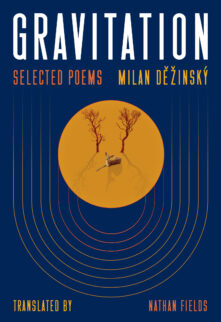
Gravitation
Selected Poems

Antediluvian
Poems
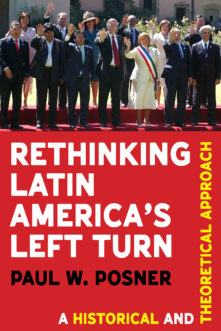
Rethinking Latin America’s Left Turn
A Historical and Theoretical Approach
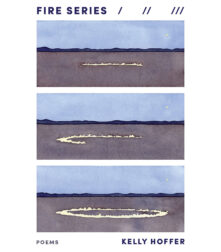
Fire Series
Poems
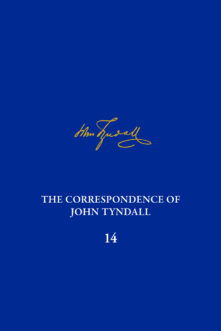
The Correspondence of John Tyndall, Volume 14
The Correspondence, October 1873–October 1875

World’s Fairs on the Eve of War
Science, Technology, and Modernity, 1937–1942
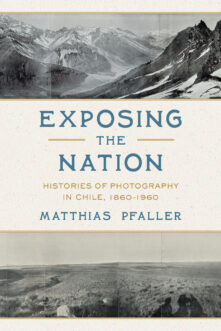
Exposing the Nation
Histories of Photography in Chile, 1860–1960
Total 1551 results found.



